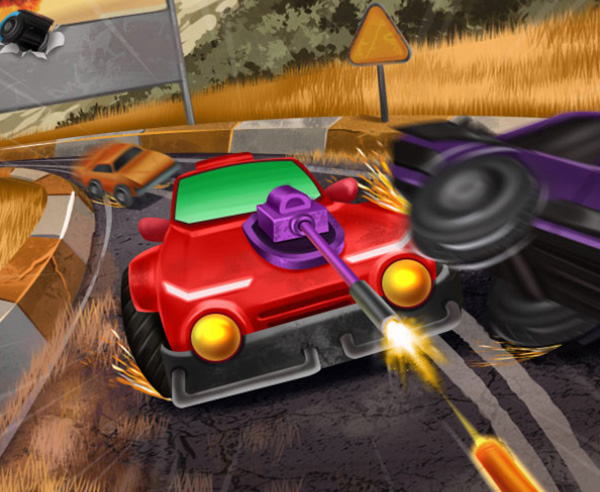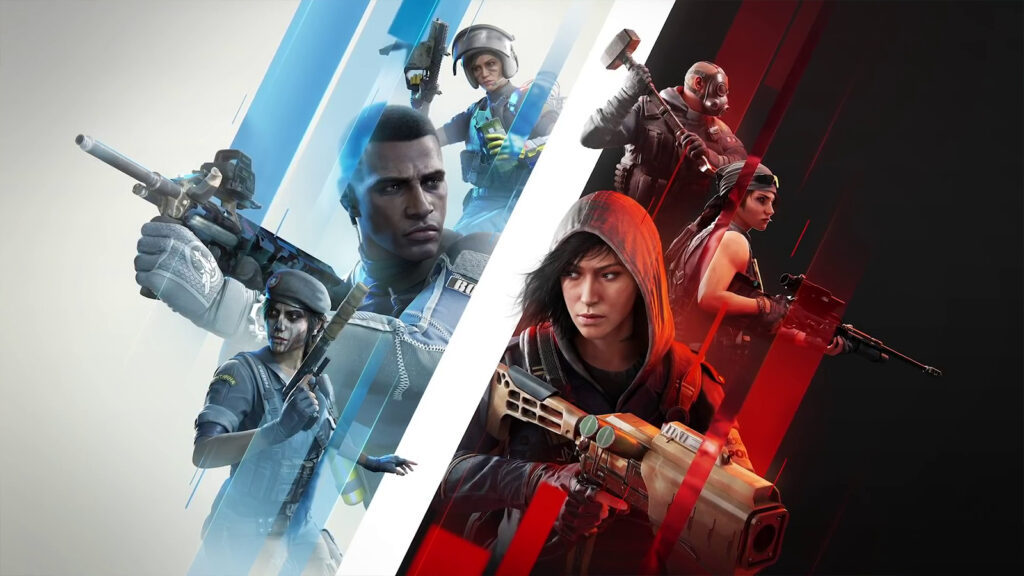Meta Description: Learn how to create an online game with our comprehensive guide. From concept to launch, we’ll walk you through the process of creating a successful online game.
Creating an online game can be a daunting task, especially for those who are new to game development. However, with the right guidance and resources, anyone can create a successful online game. In this article, we’ll provide a step-by-step guide on how to create an online game, from concept to launch.
Table of Contents

Step 1: Concept and Idea
The first step in creating an online game is to come up with a concept and idea. This involves brainstorming and researching to find a unique and engaging concept that will appeal to your target audience.
Identify Your Target Audience
Before you start creating your game, it’s essential to identify your target audience. Who are they? What are their interests? What type of games do they enjoy playing? By understanding your target audience, you can create a game that is tailored to their needs and preferences.
Research and Inspiration
Research and inspiration are crucial when creating an online game. Look at other games in your genre and identify what makes them successful. Analyze their gameplay, graphics, and user interface to get inspiration for your own game.
Step 2: Game Design
Once you have a concept and idea, it’s time to start designing your game. This involves creating a game design document that outlines the game’s mechanics, art style, and user interface.
Game Mechanics
The game mechanics are the core of your game. This includes the rules, objectives, and gameplay elements that make your game unique. When designing your game mechanics, consider the following:
- What are the player’s goals and objectives?
- How will the player progress through the game?
- What are the challenges and obstacles that the player will face?
- How will the player interact with the game world?
Art Style and User Interface
The art style and user interface are critical components of your game. This includes the visual elements, sound effects, and user interface that make your game visually appealing and easy to use.
Step 3: Game Development
Once you have a game design document, it’s time to start developing your game. This involves creating the game’s code, art, and sound effects.
Programming Languages
There are several programming languages that you can use to create an online game. Some popular options include:
- JavaScript: A popular language for creating web-based games.
- C++: A powerful language for creating high-performance games.
- Java: A versatile language for creating games for multiple platforms.
Game Engines
A game engine is a software framework that provides the necessary tools and functionality for creating a game. Some popular game engines include:
- Unity: A popular game engine for creating 2D and 3D games.
- Unreal Engine: A powerful game engine for creating high-performance games.
- Construct 3: A popular game engine for creating 2D games.
Step 4: Testing and Debugging
Once you have developed your game, it’s time to test and debug it. This involves identifying and fixing any bugs or issues that may arise during gameplay.
Alpha and Beta Testing
Alpha and beta testing are critical stages in the game development process. This involves testing your game with a small group of players to identify any issues or bugs that may arise.
Debugging
Debugging is the process of identifying and fixing any issues or bugs that may arise during gameplay. This involves using debugging tools and techniques to identify the source of the problem and fix it.
Conclusion
Creating an online game is a complex process that requires careful planning, design, and development. By following these steps, you can create a successful online game that appeals to your target audience. Remember to identify your target audience, research and inspiration, game design, game development, and testing and debugging are all critical components of the game development process.
Additional Resources
For more information on game development, check out our article on “The Best Game Development Tools” or our review of “Unity”.
External Links
- Game Development Wiki: A comprehensive resource for game development.
- Gamasutra: A popular website for game developers.
- Game Engine Comparison: A comparison of popular game engines.
By following these steps and resources, you can create a successful online game that appeals to your target audience. Remember to always keep your target audience in mind and to continuously test and debug your game to ensure that it is the best it can be.


